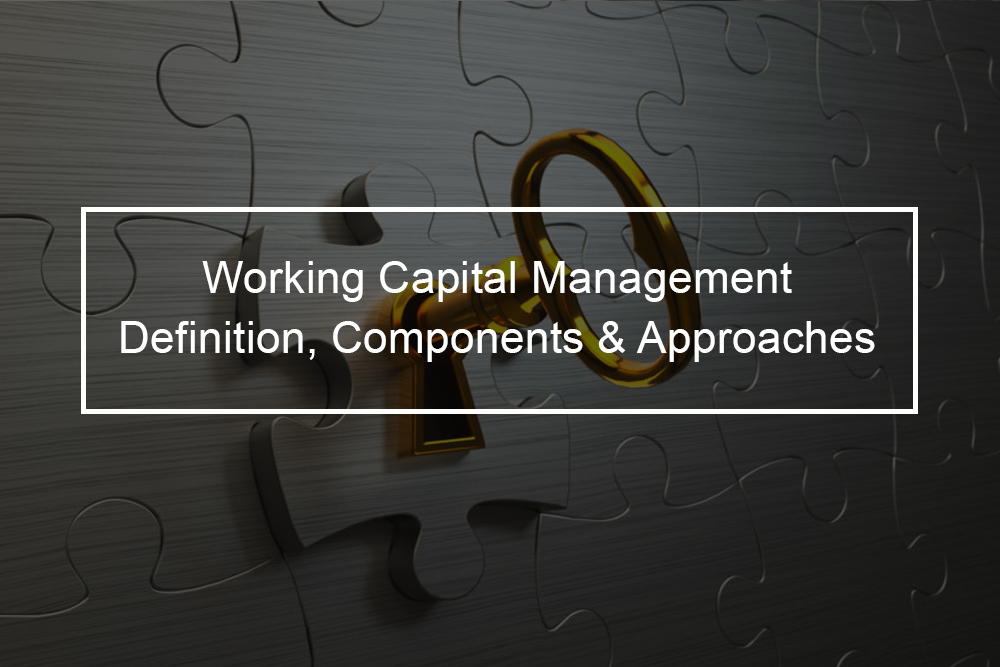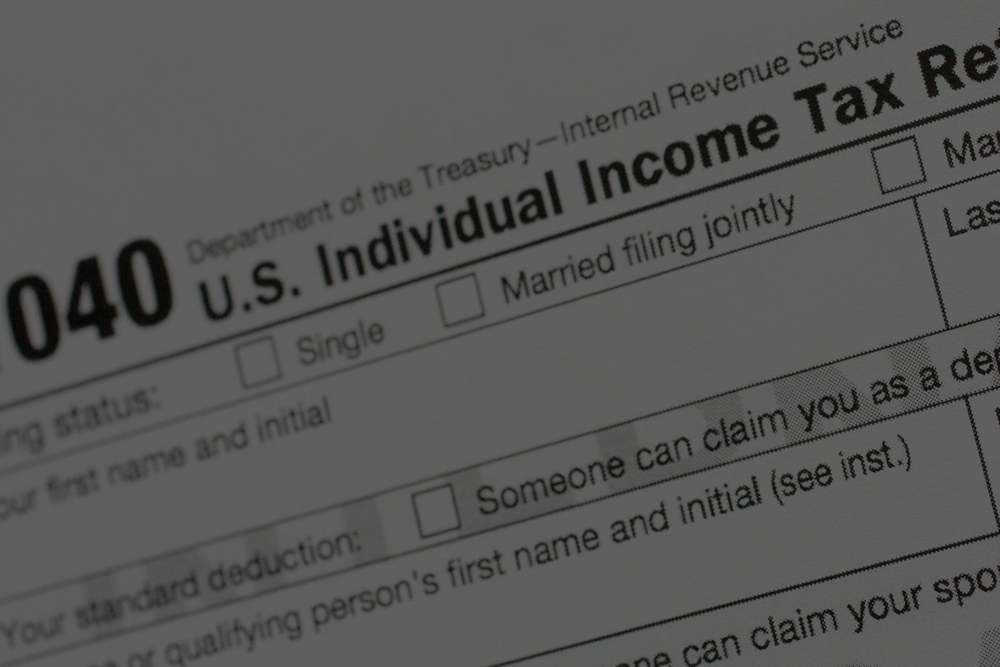There are two types of liabilities and assets in every business: short-term (current) and long-term (non-current). The long-term liabilities and assets are subjected to a duration of more than one year, whereas the short-term fosters a time duration of less than one year. And working capital comprises the current assets and liabilities, i.e., short-term. For better comprehension, let us understand what is working capital management and its composition in detail.
Working capital management definition
Working capital management is a business plan designed to make sure that a business operates efficiently by monitoring and utilizing its current liabilities and assets to the best effect. Working capital management mainly aims to allow the company to maintain enough cash flow to meet its short-term debt obligations and short-term operating costs. A business’s working capital is made up of its current assets, deduct its current liabilities. Current assets incorporate anything that can be easily changed into cash within one year. These are the business’s highly liquid assets. Some current assets include short-term investments, cash, accounts receivable, and inventory. Current liabilities are any obligations due within the following one year. These include long-term debt payments and operating expenses.
Ratio Analysis
Usually, working capital management involves monitoring cash flow, current liabilities, and current assets through ratio analysis of the key elements of operating expenses, including the inventory turnover ratio, working capital ratio, and collection ratio. Working capital management aids maintain the operating cycle’s smooth operation, also called the cash conversion cycle (CCC)—the minimum amount of time needed to change net current assets and liabilities into cash.
Why working capital management is important?
Working capital management can boost a company’s profitability and earnings through efficient use of its resources—management of working capital incorporates inventory management, management of accounts receivables, and accounts payables. Apart from ensuring that the business has sufficient cash to cover its debt and expenses, working capital management aims to minimize the cost of money spent on working capital and maximize the return on asset investments.
Disadvantages of working capital management
- It only considers monetary factors. It ignores non-monetary factors, like customer and employee satisfaction, government policy, market trend, etc.
- It is challenging to accommodate sudden economic changes.
- Too high dependence on data is another downside. A smaller organization may not have such data generation.
- Too many variables to keep in mind, say current ratios, quick ratios, collection periods, etc.
Factors that affect working capital needs
Working capital needs vary from one company to another. The factors that can impact working capital needs can be exogenous or endogenous.
- Endogenous factors include a business’s size, strategy, and structure.
- Exogenous factors include the level of interest rates, access, availability of banking services, the type of products or services sold, industry, macroeconomic conditions, the strategy, size, and the number of its competitors.
What are the types of working capital management ratios?
There are three significant ratios in working capital management: The working capital ratio or current ratio, the inventory turnover ratio, and the collection.
Working capital ratio
The working capital ratio, a.k.a, the current ratio, is calculated by dividing current assets by current liabilities. It is a key indicator of a business’s financial health as it shows its ability to meet its short-term financial obligations.
Even though numbers vary by industry, a working capital ratio less than 1.0 typically indicates that a business has trouble meeting its short-term obligations. That is, its liquid assets would not cover the business’s debts due in the upcoming year. In this scenario, the business might have to resort to securing long-term debt, selling off assets, or using other funding options to finance its short-term debt obligations.
1.2 or 2.0 working capital ratios are considered desirable; however, a ratio higher than 2.0 might suggest that the business is not effectively utilizing its assets to boost revenues. A high ratio might be a sign that the company is not managing its working capital efficiently or securing financing appropriately.
The collection ratio
The collection ratio is a gauge of how efficiently a business manages its accounts receivables. The collection ratio is calculated as the product of the number of days in an accounting period multiplied by the average amount of outstanding accounts receivables divided by the total amount of net credit sales during the accounting period. The collection ratio calculation results in the average number of days it takes a business to receive payment after a sales transaction on credit. If a business’s billing department is effective at collections attempts and clients to pay their bills on time, the collection ratio will be lower. A general rule is that the lower a business’s collection ratio, the more efficient its cash flow.
The inventory turnover ratio
The final ratio of working capital management is inventory management. To operate a comfortably high level of working capital and with maximum efficiency, a company should keep enough inventory on hand to meet clients’ needs while avoiding unneeded inventory that ties up working capital. Typically, businesses measure how efficiently that balance is maintained by monitoring the inventory turnover ratio. This ratio is calculated as revenues divided by inventory cost. It reveals how rapidly a business’s inventory is being sold and replenished. A comparatively low ratio compared to industry peers shows excessively high inventory levels, while a comparatively high ratio might indicate inadequate inventory levels.
What are the 4 main components of working capital?
A successfully running business will always ensure it maintains a balance among all the essential components of working capital management. Let us have a look at them:
Cash management
Cash is regarded as one of the most vital working capital components since it is required at all levels of business operations. From the acquisition of the raw materials to product promotion, every single operation requires cash. Thus, it is essential to maintain a sufficient cash balance by matching cash inflows and outflows.
Accounts payable management
Accounts payable arises when a business buys raw materials or any goods on credit. Creditors and bills payable are a vital part of the company being a major financing source for working capital requirements. An effective accounts payable management indicates timely meeting all the obligations towards creditors, thus building good creditworthiness and reputation.
Accounts receivable management
Accounts receivable arise when a company sells services and goods to the customers on credit. Receivables are typically referred to as debtors. An efficient accounts receivable management makes sure that debtors are meeting their payment commitment on time and keep on managing the lagging period accordingly.
Inventory management
Inventory constitutes a major part of working capital as every business operation revolves around inventory. Under inventory management, two prospects are covered:
- Minimizing the inventory cost
- Accessibility of raw materials for timely meeting the sales deadlines
The complete working capital management revolves around the above components, and an absolute working capital management system promotes maintaining balance among all of these. This way, you are able to maintain a healthy business environment with efficient management of the working capital of a business.
Working capital management strategies
Generally, working capital management strategies deal with the cost of the capital factor. The query is – How the capital costs are optimized? A business has an option to select between short-term versus long-term sources of capital. Usually, the short term funds are inexpensive compared to long-term but risky. Short term funds are hi-risk in terms of risk of refunding and the risk of rising interest rates. After they mature, they might not be refinanced by the same financial institution, and there is a probability of revision in interest rate each time they are renewed.
Let us divide a company’s capital investment into two, i.e., investment in working capital and fixed assets investment. Let us safely presume that long-term funds finance the fixed assets. Now the balance is working capital. Let us further divide working capital into two, i.e., temporary and permanent working capital. The nature of permanent working capital is the same as fixed assets, i.e., that level of investment in working is always present, and the balance keeps fluctuating. The working capital management strategies denote how these two kinds of working capital are funded.
- Hedging or maturity matching strategy – This plan follows the finance principle, i.e., long-term funds to finance long-term assets, and the opposite is true. In this plan, the maturities of currents are matched with the maturity of its funding instrument. It does not have any flexibility or cushion in case of any delay in realizing current assets even though it is an ideal strategy but involves a high risk of bankruptcy.
- Conservative – It is a safer strategy where, apart from financing the whole of the permanent working capital, it finances a part of temporary working capital.
- Aggressive – It is a high-risk strategy where, apart from funding, the whole of the temporary working capital finances a part of permanent working capital.











